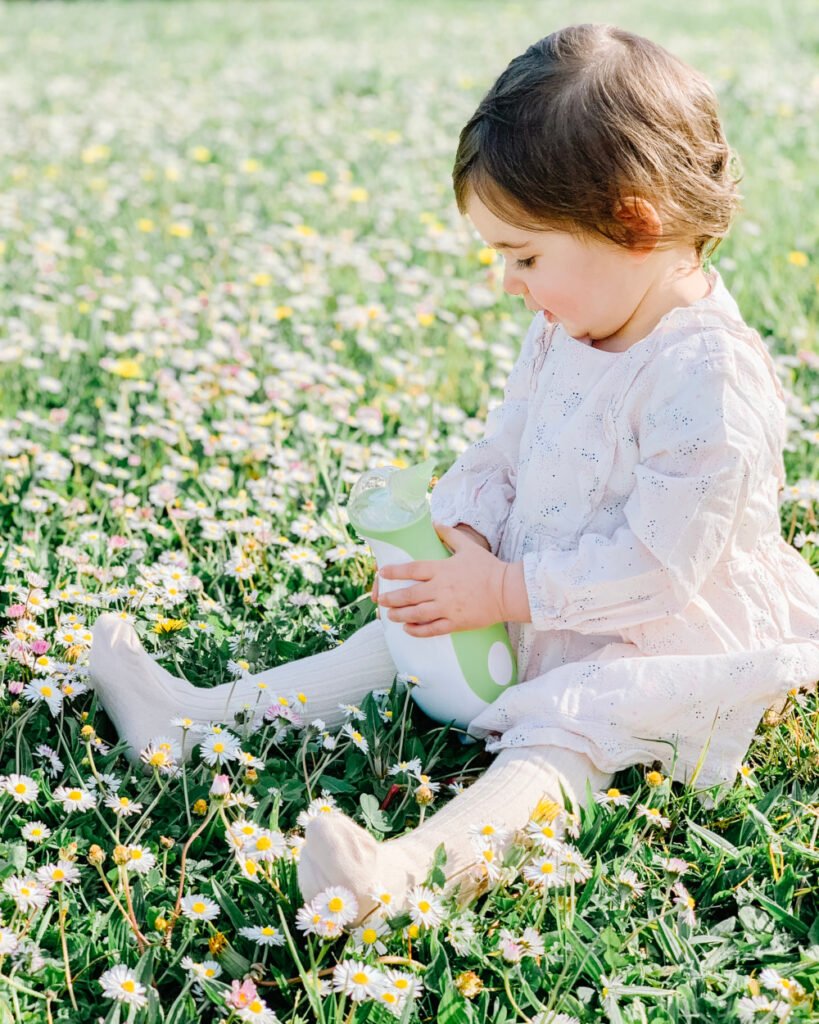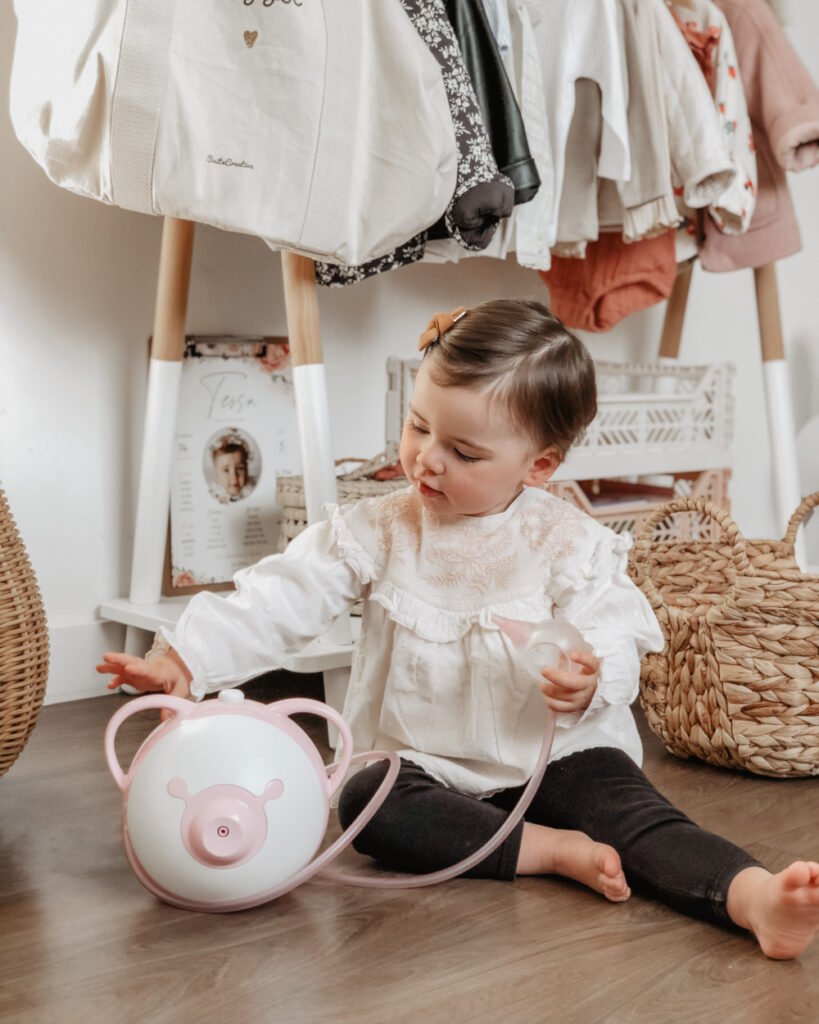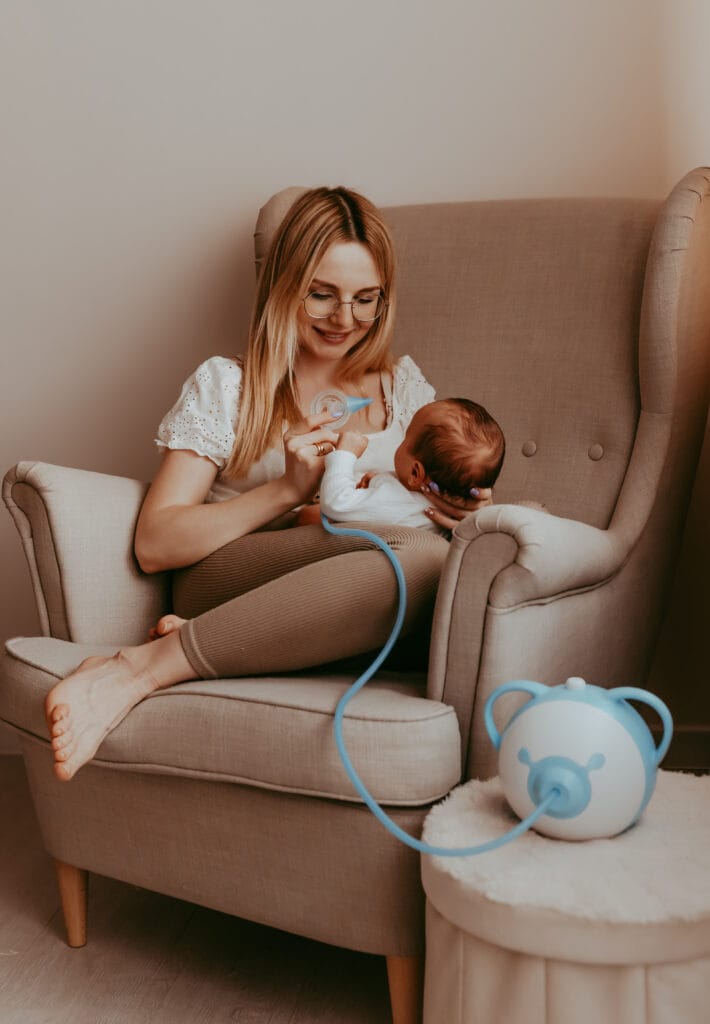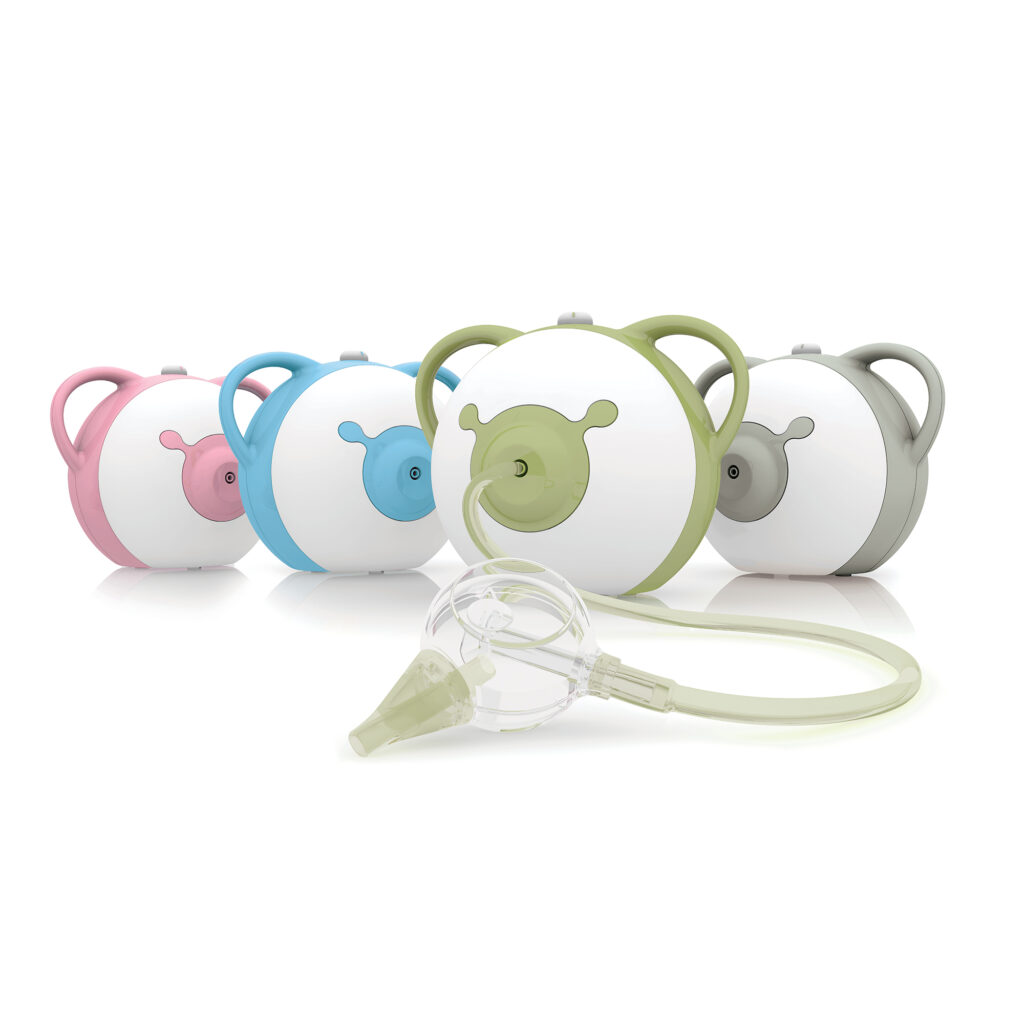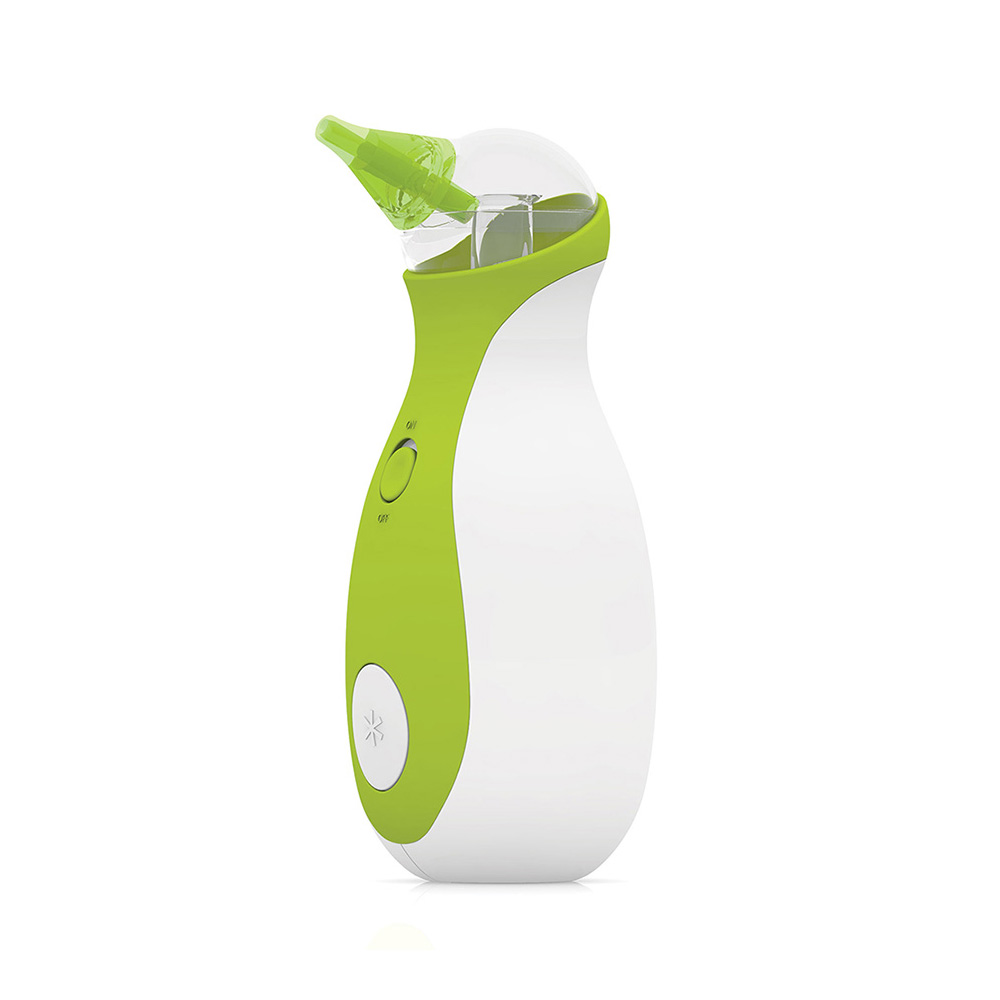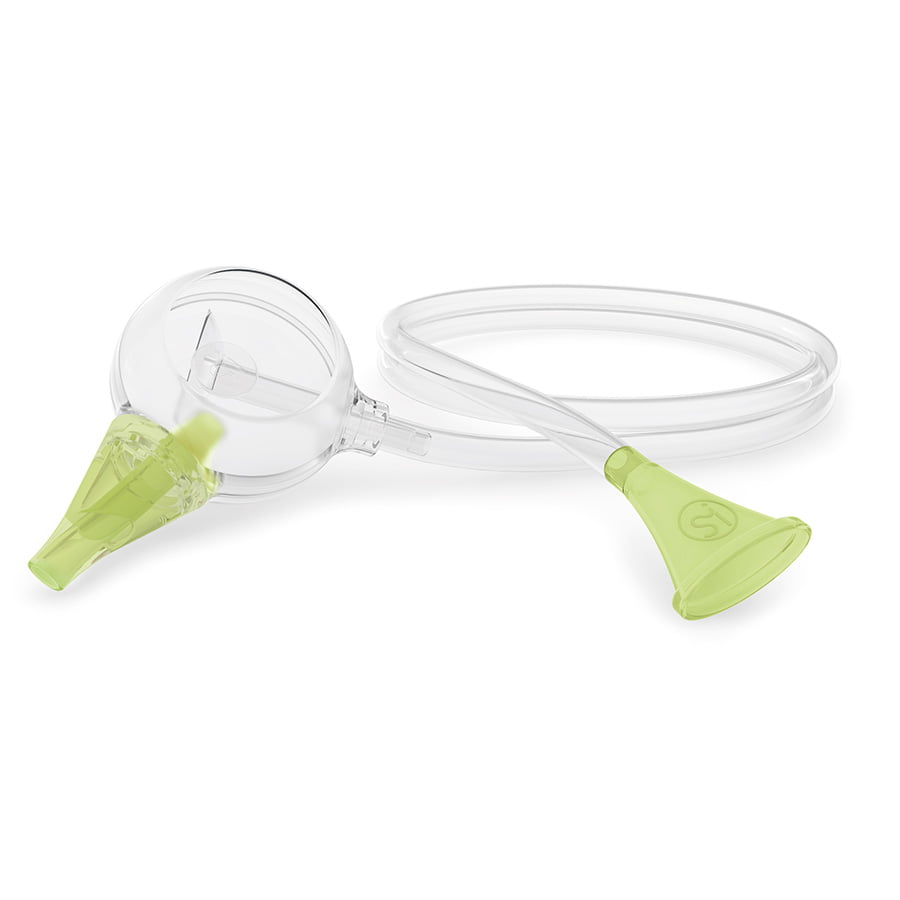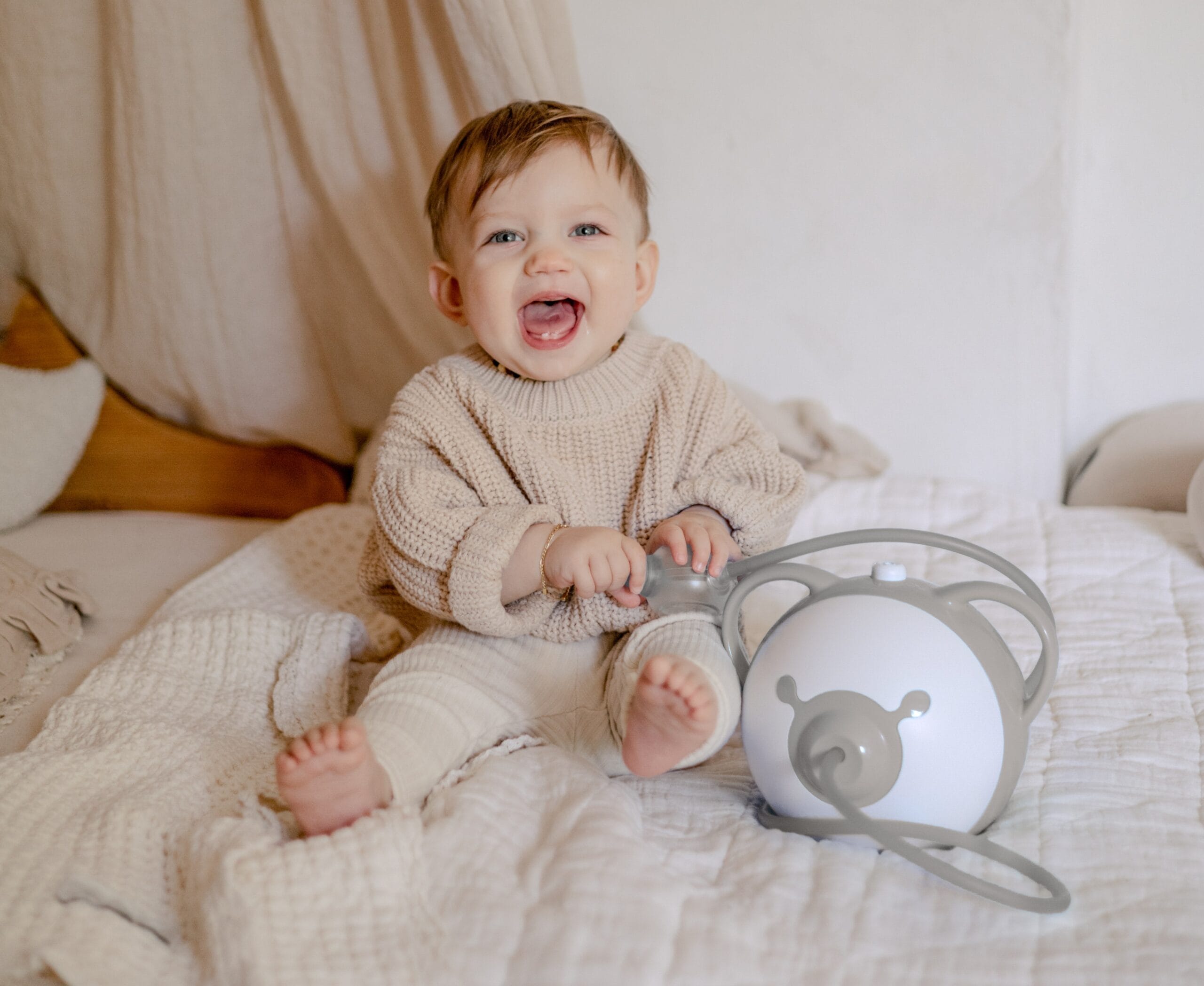

Hay fever in a child? Nasal aspirators to the rescue!
Hay fever, also known as allergic rhinitis, can make life miserable for both adults and babies alike. While adults can take advantage of medications and various nasal sprays, in the case of babies it is not so easy, as those methods are usually not advised (unless your pediatrician orders otherwise). Babies rely on us, parents, so it is worth equipping ourselves with gentle tools to alleviate symptoms of a runny nose. Let’s explore what we can do to help our little ones find relief from hay fever symptoms.
How to recognize hay fever?
Hay fever is caused by the baby’s immune system reacting to allergens like pollen, dust mites, or pet dander. It won’t go away as long as the baby is exposed to a given irritant. It might be difficult to recognize hay fever because many of its symptoms are similar to a common cold. However, there are some signs that parents can look for to define the baby’s allergic reaction:
- persistent stuffy nose
- baby sneezing a lot
- runny nose with a clear, watery discharge, often accompanied by nasal itching
- baby keeps rubbing the eyes
- coughing that might be either dry or caused by the mucus dripping down the throat
- seasonal patterns during specific times of the year, usually from spring to fall when the pollen levels are high
- family history of allergies.
If you suspect that your baby has an allergic reaction, it’s essential to consult with a pediatrician for a proper diagnosis and guidance on managing their symptoms effectively.
Home remedies for hay fever
There are some safe methods that you can apply to ease your child’s struggle:
- During times of high pollen levels, avoid going outside with the baby. Keep windows closed and use air conditioning to filter the air indoors.
- An obvious but important piece of advice is to keep indoor air clean to minimize the exposure to indoor allergens like dust mites, pet dander, and mold by regularly vacuuming and dusting. Consider using allergen-proof covers on pillows and mattresses.
- You can also equip the baby’s room with a cool-mist humidifier to keep the air moist. This might help relieve nasal congestion and soothe irritated nasal passages.
- One of the easiest ways to alleviate hay fever is rinsing the nose with saline solution. It helps moisten and clear nasal passages, facilitating easier breathing for babies. Saline drops also loosen mucus, making it easier to remove with a nasal aspirator.
- A nasal aspirator is one of the most effective tools in a parent’s arsenal. It can be used to gently suction mucus from a baby’s nasal passages, providing relief from congestion and improving breathing. Read more: Nasal aspiration and nasal rinsing in babies – yes or no?
How can a nasal aspirator help?
Hay fever can be very frustrating as the allergen irritates the baby constantly, causing a lot of discharge to be produced. In times like these, and especially when the baby’s nose is congested at night, a nasal aspirator will become your indispensable assistant – it works very fast, collecting nasal secretions in a few seconds. Since you will probably use the device a lot, it is worth making sure that its operation is gentle enough not to irritate the sensitive nasal mucosa.
Such are the manual and electric nasal aspirators from Nosiboo that come with a medical device certification, ensuring that their operation is suitable for the needs of even the smallest of babies. Why? Their suction power has been set based on ENT specialists’ recommendations, and the soft nose tip’s shape is adapted for a child’s anatomy, making it comfortable for the baby. Read more: 4 steps to choose a safe nasal aspirator.
Since you will use the device a lot, it is important to be able to clean it fast and keep it hygienic. No problem! In the case of any Nosiboo nasal aspirator, the Colibri/Penguin head is the only part that needs to be cleaned. Simply wash it under running water, let dry, and you are ready to use it again.
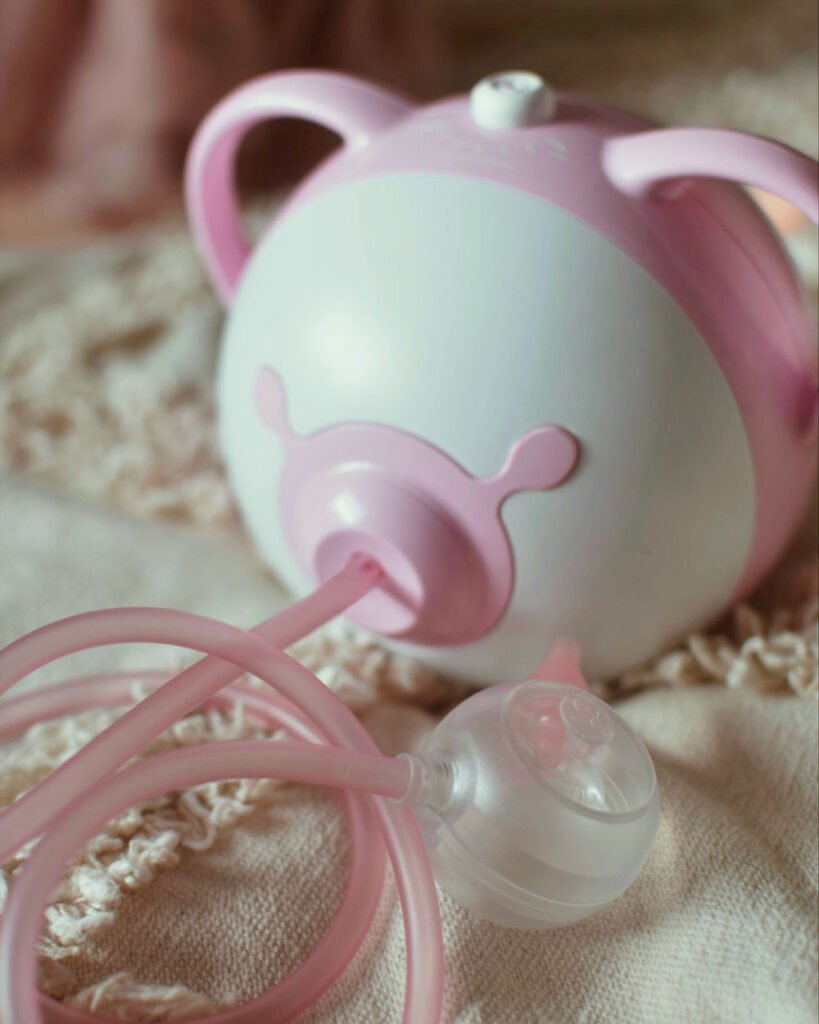
Conclusion
Hay fever presents a challenging time for babies and their parents. Nasal aspirators, together with other methods, offer a simple yet effective way to manage nasal congestion and provide relief when a baby shows allergy symptoms. Read more: How to choose a nasal aspirator? Always remember to prioritize your baby’s comfort and well-being, and don’t hesitate to seek medical advice if needed.
If you are searching for an effective nasal aspirator, simply get to know our Nosiboo product family:
Main picture: @lujassunshine
Bibliography:
Alabsser M. M., Hagen M., Fernandes M. B., Novak P., Patel N., Sanchez E. (2023). Safety and Performance of Narhinel 0.9% Sodium Chloride Monodose and Otrisal 0.74% Sodium Chloride Monodose Nasal Saline Solutions and Nasal Aspirators in Real-World Settings: Postmarket Clinical Follow-up Study Results. Curr Ther Res Clin Exp. 2023; 99: 100725. https://www.ncbi.nlm.nih.gov/pmc/articles/PMC10701353/
Chirico, G., G. Quartarone, and P. Mallefet. (2014). Nasal congestion in infants and children: a literature review on efficacy and safety of non-pharmacological treatments. Minerva pediatrica,66.6(2014): 549-557 https://www.ncbi.nlm.nih.gov/pubmed/25336097
Mayo Clinic (2022). Hay fever. https://www.mayoclinic.org/diseases-conditions/hay-fever/diagnosis-treatment/drc-20373045
Seidman M. D., Gurgel R. K., Lin S. Y., Schwartz S. R… (2015). Clinical Practice Guideline: Allergic Rhinitis. Otolaryngology–Head and Neck Surgery, vol 152, issue 1_suppl, S1 – S43. https://pubmed.ncbi.nlm.nih.gov/25644617/
